Embracing the Warmth Within | Winter Resilience Training
As winter’s cold bite settles in, the quest for warmth suddenly becomes a priority. Instead of simply putting up with the cold, bitter, and resentful, why not empower your body to withstand the frigid weather? This winter I’m exploring some effective ways to train my body to withstand the bone-chilling temperatures here in Minnesota by implementing some winter resilience.

Once upon a time, I lived in Barcelona, on the coast of the Mediterranean Sea. I was studying Spanish Language and Culture at the time. During siesta (a cultural tradition of all-community rest time) that happened between noon and 3 each day, everyone, even business folks in suites would strip down to their skibbies and dive into the cold seawater. I’d watch perplexed as they would puddle around out in the waves for a bit, come back in, dry off, put their clothes on, and enjoy a cup of espresso at a cafe down the street.
In the morning, there, on the same beach, the older woman would sit in pods (3 or more) just to where the water came up to their chests. The sea was cold. But they didn’t seem to mind at all. I knew that there must have been something about that cold water that had everyone jumping in.
Fast forward a few years, and I’m now a woman in my 40s who threatens to leave Minnesota, with more vigor every winter. I just simply cannot handle the cold. I haven’t been formally diagnosed but I’m pretty sure I’m allergic to it. That’s right, sometimes my exposed skin will even break out in hives from the cold. It goes all the way to my bones and I remain an ice cube until the next 50-degree day.
Anyone who knows me well knows that it takes a long time for me to warm up, once cold. Typically well past the average human. Which if you can imagine, is quite an inconvenience for others.
The reality is, that unless there is going to be some major path redirection by the big guy above, we will likely be dairy farming and living in Minnesota until I retire and move to the warmest continent on the planet or get blessed with a menopause full of hot flashes (I hope I don’t regret saying that). So I had better figure out how to live with it and keep myself warm.
Cold weather adaptation is what I was initially going for when I first started out taking a cold bath in the mornings. Could I teach my body how to slowly acclimate and become warmer? Even if it meant getting all in on the one thing that I hate the most, cold. It was worth a try.
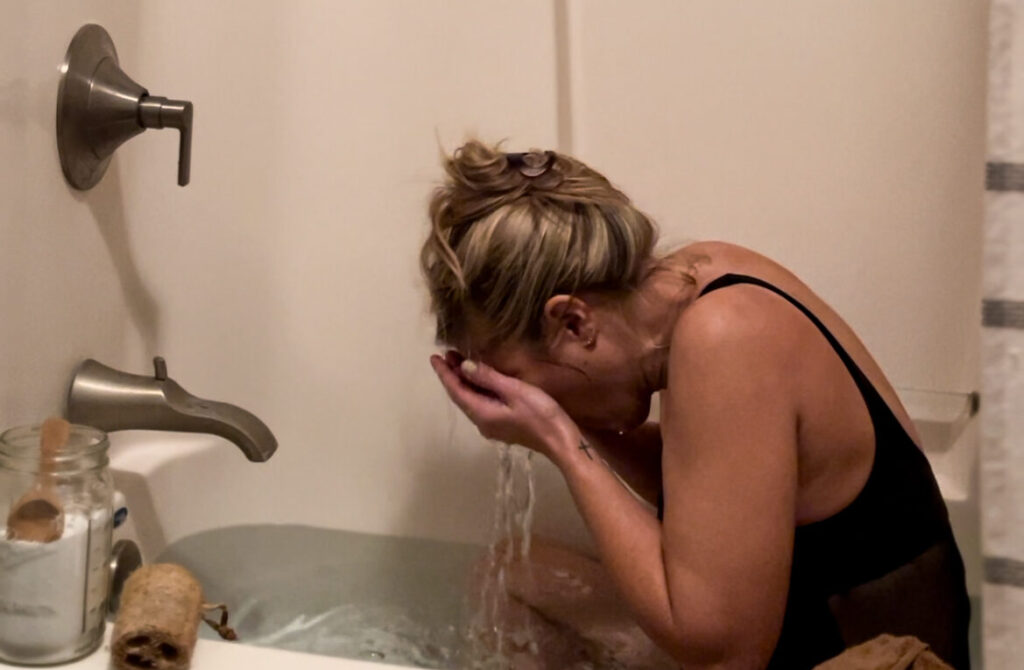
Here’s how it works. Cold exposure, through plunging into a cold tub, turning on a cold shower, or jumping into a frozen lake can stimulate certain physiological responses in your body that contribute to improving your tolerance to the cold.
It’s not just a trend. People have been cold plunging and finding the benefits of doing so, for a long time!
I like to start my bath with a few tablespoons of Epsom salt, dissolving this with a bit of warm water. Then I crank it cold adding a bucket of ice from our nugget ice machine (we have some serious ice connoisseurs here in our home and this machine was an investment, but the self-cleaning and the tiny nuggets were what sold us on it and we use it every day). And as it turns out, I just gave it another job to help pull its weight around here.
The first time I jumped in the tub, I was shaking with fear. It’s the last thing on earth I ever thought I would be doing. I took a deep breath and convinced myself that I could do hard things!
Anywho, I will sit in a cold tub for the length of a few songs or a good podcast that play on a speaker in my bathroom. You could also watch a clock to time yourself. But honestly, once I feel like my body has become accustomed to the water temperate, I get out.
Then I warm up. Almost immediately my body feels so alive. It’s really hard to explain the feeling other than saying, I just feel entirely alive. You just have to experience it for yourself, maybe you can explain it better.
Embarking on your first cold plunge can be both exciting and slightly intimidating. However, I experienced this incredible sense that I could feel every single cell in my body being activated, an increase in my endorphins energized me all day, and something that told my body that I wanted to feel this way again. The amazing feeling has me jumping in my tub each morning.
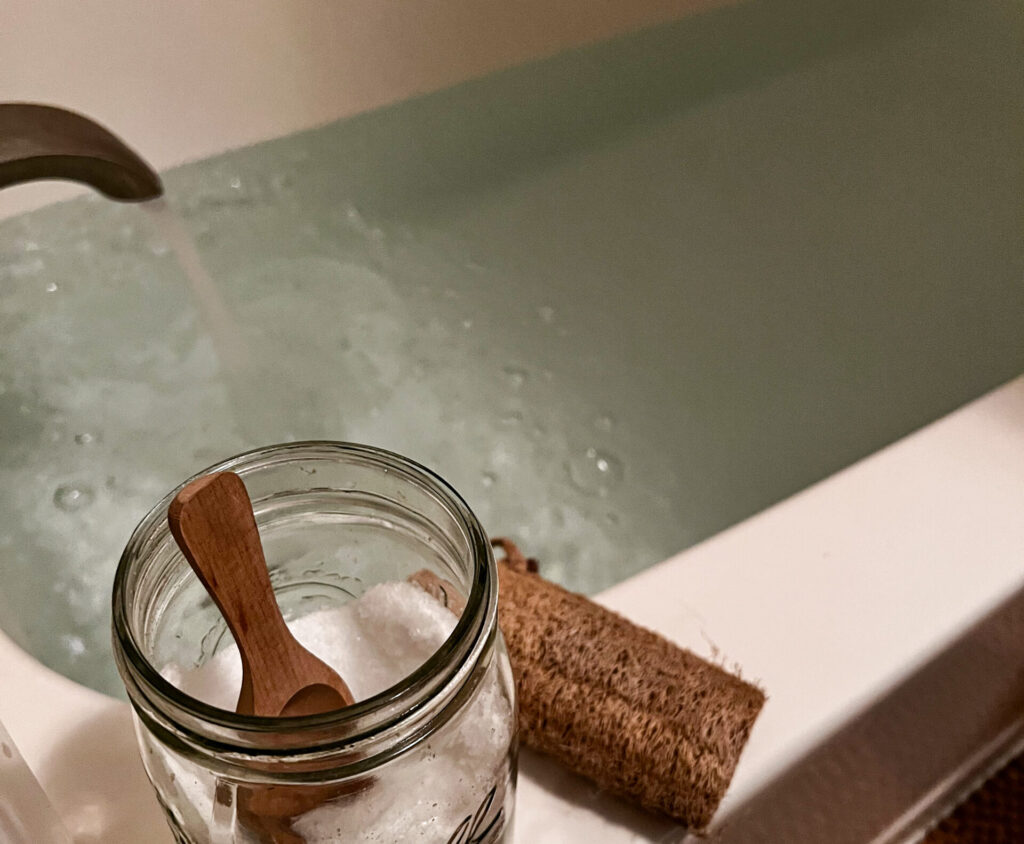
#1. Cold Plunging: Winter Resilience Building
Cold plunging, an age-old practice, involves immersing your body in cold water to stimulate various physiological responses. This method is known to enhance cold tolerance, improve circulation, and activate brown adipose tissue (BAT), which generates heat.
How to Start: Begin with short sessions and gradually increase the duration. Practice controlled breathing during the plunge and focus on the invigorating sensation. Breathing is key. Ladies who have had children, it’s like that kind of breathing. Consistency is key to reaping the benefits of cold plunging.
Things to know before Cold Plunging
Benefits of Cold Plunging:
- Enhanced Circulation: Cold plunging promotes vasoconstriction, where blood vessels constrict and then dilate upon warming. This process stimulates better blood circulation, delivering oxygen and nutrients more efficiently throughout the body. Improved circulation is linked to better cardiovascular health and increased energy levels.
- Reduced Muscle Inflammation: The cold temperature helps alleviate muscle soreness and inflammation. Athletes often use cold plunges as part of their recovery routine to expedite muscle recovery and minimize post-exercise pain.
- Boosted Immune System: Exposure to cold water has been shown to increase the production of white blood cells and activate the immune system. Regular cold plunging might contribute to a more resilient immune system, helping the body fend off illnesses.
- Mental Resilience and Clarity: Cold plunging is not just about physical benefits; it also has a profound impact on mental well-being. The shock of cold water triggers the release of endorphins and improves mood, providing a natural remedy for stress and anxiety. Many enthusiasts attest to the mental clarity and focus that follows a refreshing dip in cold water.
- Calorie Burning and Weight Management: The body works harder to maintain a stable internal temperature in cold environments, leading to increased calorie expenditure. While not a substitute for regular exercise, cold plunging can complement a healthy lifestyle and aid in weight management. Remember, one healthy activity can remind you to do another healthy activity.
Questions People have asked me about Cold Plunging
How long should a cold plunge session last?
I started with a short session around 1-3 minutes, gradually increasing the duration as you become accustomed. My goal is to get up to 15 minutes, but then I’m going to have to find something to keep me occupied in the water that long.
Is cold plunging safe for everyone?
While generally safe, you may wish to consult a doctor before you plunge if you have certain medical conditions, like heart problems or Raynaud’s disease.
Can I experience the benefits without a fancy cold plunge pool?
Absolutely! Right now, we utilize our family bathtub. You can also simply turn your shower to cold for a bit before you warm up with a regular shower. If you want to level up and fit 2 people in at the same time, we’ve been eyeing up this cold plunge tub.
Tips and Tricks for a Successful Winter Resilience Cold Plunge
- Start Gradually: Start with cooler temps and gradually decrease over time. This will allow your body to adapt and minimize the shock.
- Breath: The initial temperature of the cold water will cause your body to experience some shock. Practice deep controlled breathing to help manage the initial shock and promote relaxation.
- Hydrate: Make sure you are well-hydrated before and after a cold plunge. This will help your overall wellness and will help your body recover faster.
- Warm-up: Having a warm robe, jumping into a hot sauna, or simply turning the shower to warm after the cold exposure will help maintain your body’s warmth.
- Be Consistent: Just like anything that needs improvement, consistency is key. To experience the full range of benefits, make cold plunging part of your routine, aiming for several sessions per week is a good idea.
The benefits of cold plunging extend far beyond the initial shock of the cold water. While you are sitting in the water, consider what you are doing to improve your circulation, reduce inflammation, and enhance your mental resilience. This might just be the refreshing addition to your wellness journey, you’ve been looking for.
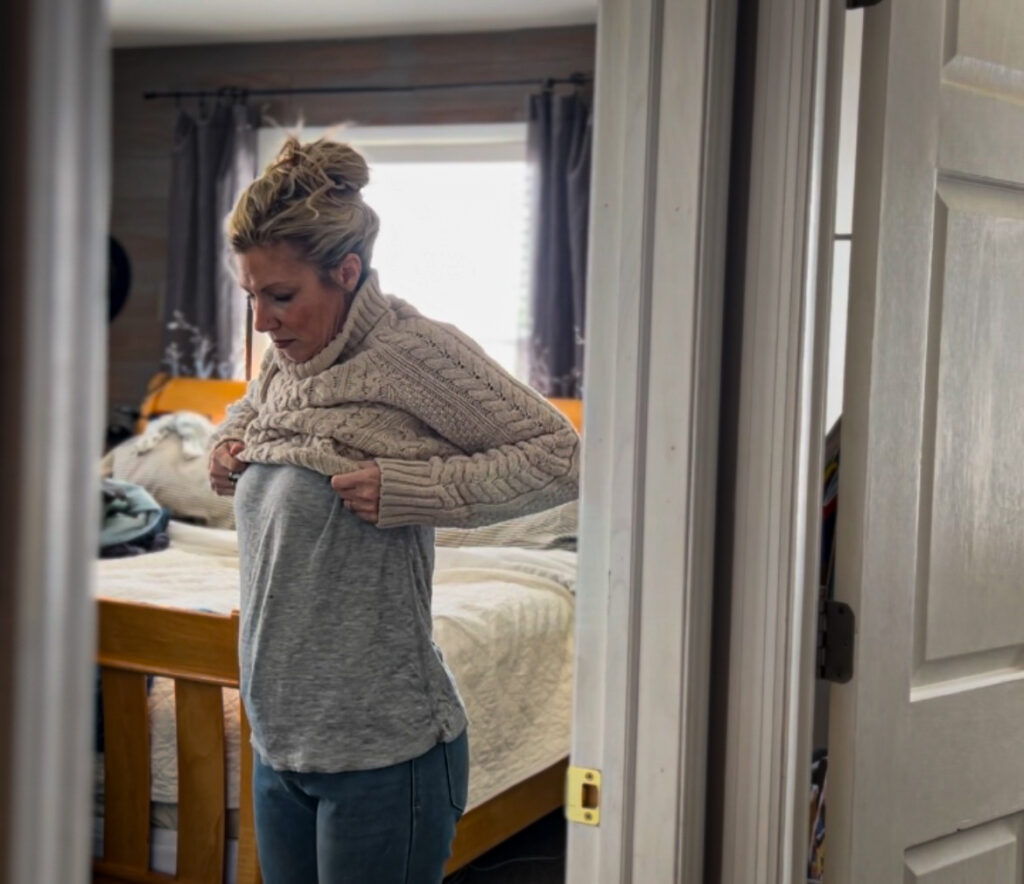
Other Ways to Build Winter Resilience
#2. Gradual Exposure to Cold: Building Resilience Naturally
Gradual exposure to cold temperatures in your daily routine can train your body to adapt naturally. This method includes activities like taking brisk walks in cooler weather or spending time outdoors in varying temperatures. My husband does this every day on the farm, but, sometimes, I need a bit more convincing.
How to Start: Start by incorporating short bursts of exposure and gradually increase the duration. Pay attention to your body’s signals and ensure a gradual progression to avoid discomfort.
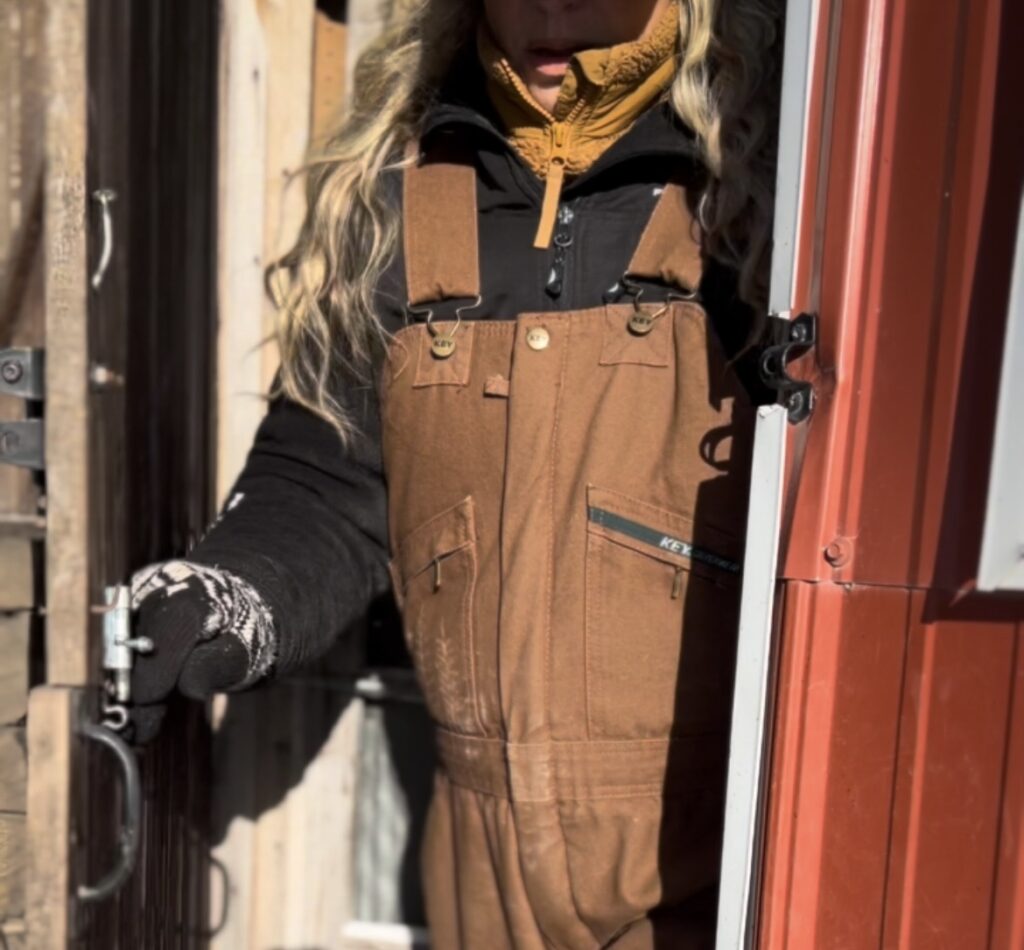
#3. Thermogenic Foods: Fueling Your Interior Furnace
Certain foods have thermogenic properties, meaning they generate heat when metabolized. Incorporating these foods into your diet can help boost your metabolism and keep you warmer from the inside out.
Examples of Thermogenic Foods:
- Spices like cinnamon, ginger, and cayenne pepper. Have you had my tea, yet?
- Lean proteins such as chicken, turkey, and fish. We make this healthy chicken harvest casserole a ton in the wintertime!
- Whole grains like oats and quinoa
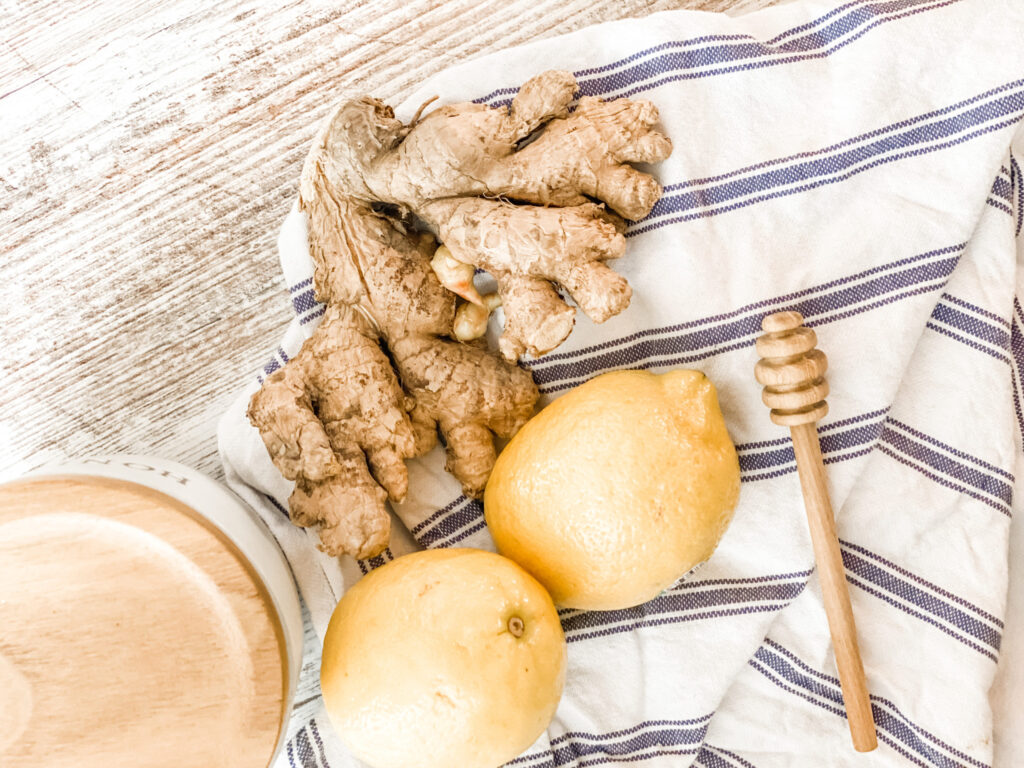
#4. Layered Clothing: Mastering the Art of Insulation
If you have lived in the tundra, like, we do, I probably don’t have to tell you that dressing strategically with layers is a time-tested method for staying warm. Layered clothing traps heat close to the body, providing insulation against the cold. And yes, your mom was right, wearing your hat, really does keep the heat in.
How to Layer:
- Start with a moisture-wicking base layer to keep sweat away from your skin. My favorite set is a super soft double-layer from Field & Forest Outfitters at Fleet Farm. Being able to move in your clothing will help with warmth and circulation, so try to avoid, tight-fitting base wear.
- Add an insulating layer for warmth. I have been eyeballing this heated vest for a bit now.
- Finish with a waterproof and windproof outer layer to shield against the elements. Watch this!
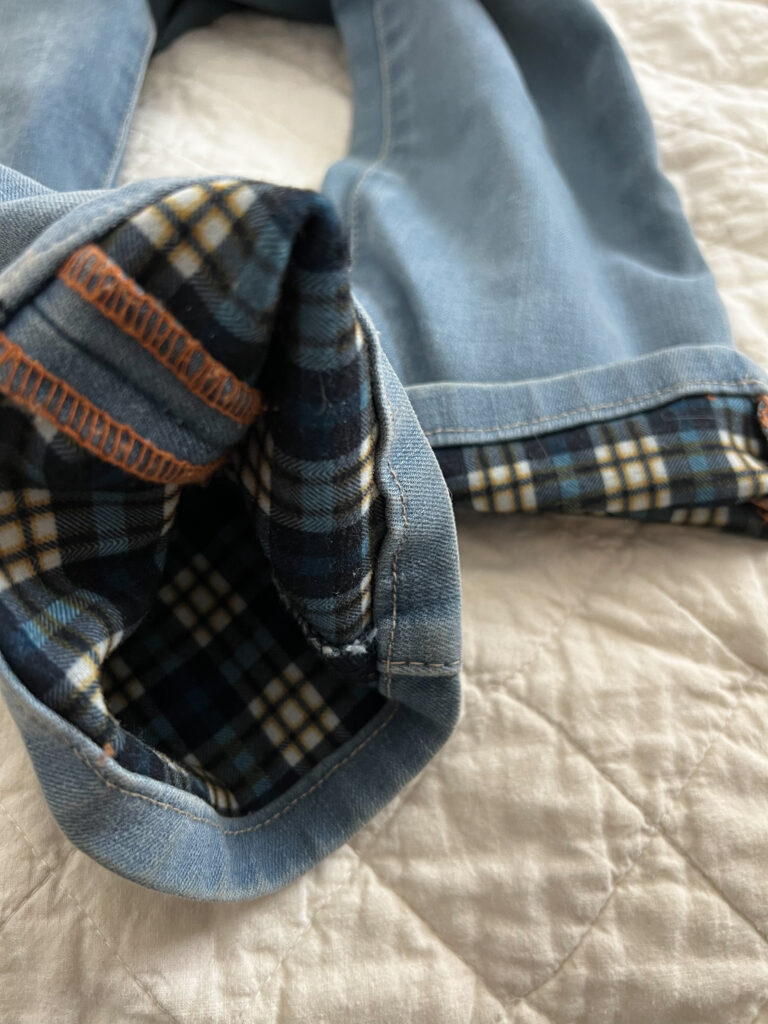
#5. Cardiovascular Exercise: Elevating Your Internal Temperature
Engaging in regular cardiovascular exercise not only promotes overall health but also elevates your internal temperature. The increased blood flow and heart rate generated during exercise contribute to a feeling of warmth.
Effective Cardio Workouts:
- Running, jogging, indoor biking, attempting to put on multiple layers only to have to go to the bathroom, just as soon as you do, or just trying to walk around the yard with 15 more pounds of clothes on.
- Jumping jacks or high-intensity interval training (HIIT)
- Dancing or aerobics
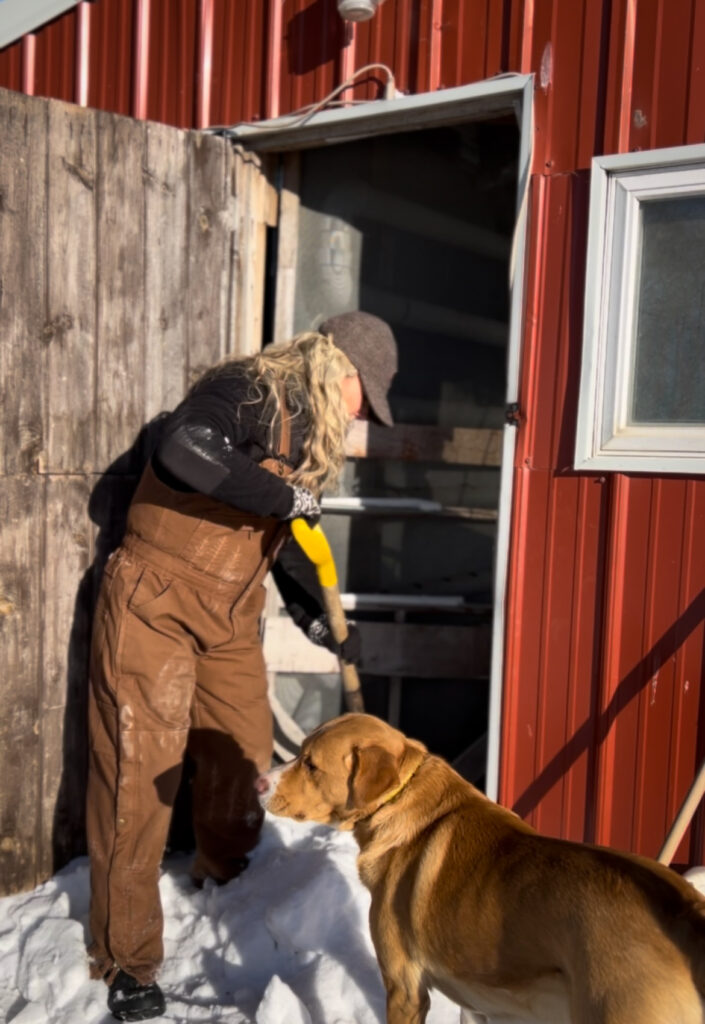
Questions People are asking about Winter Resilience
When done responsibly, cold plunging is generally safe. However, individuals with certain health conditions should consult with a healthcare professional before starting. Always start with shorter warmer sessions and gradually increase the duration and lower the temperature of the water.
Results may vary, but with consistent practice, you can begin to notice improvements in a few weeks. Gradual adaptation and consistency are crucial for long-term effectiveness.
Most individuals can benefit from these practices, but it’s also important to listen to your body and make adjustments based on your comfort level. If you have underlying health concerns, consult with a healthcare professional before starting a new regimen.
Save this pin for later!
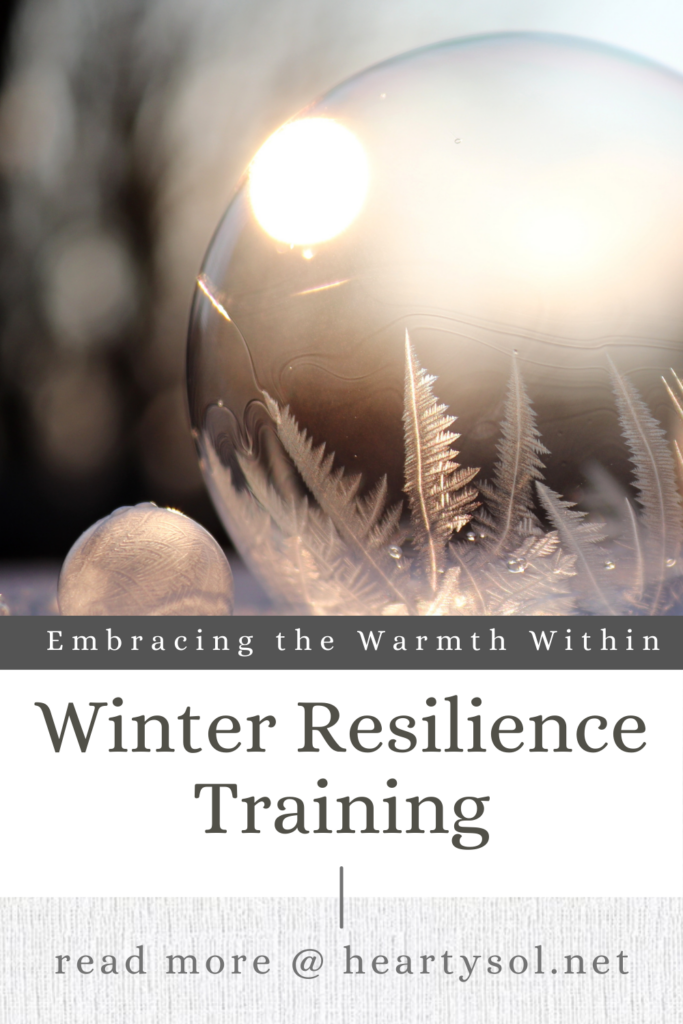
With any luck at all these methods will make me a warmer, Midwestern. Let me know if you try any of these and how you find the benefits to be. Stay warm, my friend!

Affiliate Disclosure & Content Disclaimer
This post may contain affiliate links from a paid sponsor, Amazon or other program. When you use these links to make a purchase I earn a small commission at no extra cost to you. This allows me to continue creating the content that you love. The content in this article is created for information only and based on my research and/or opinion.
Emily T.
DAILY INSPIRATION ON THE GRAM @hearty.sol
it's hip to be square!
View comments
+ Leave a comment